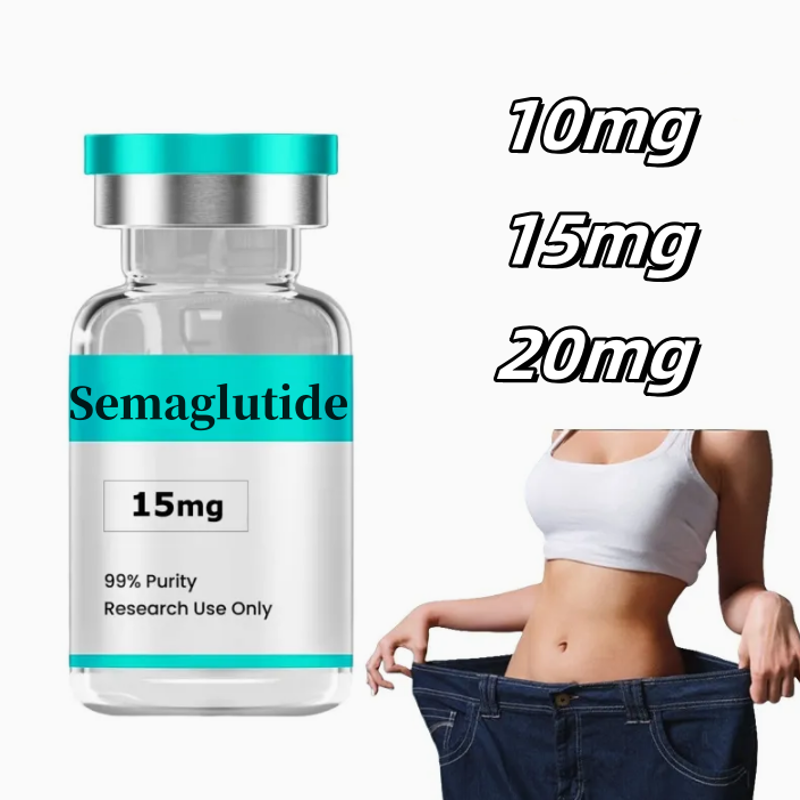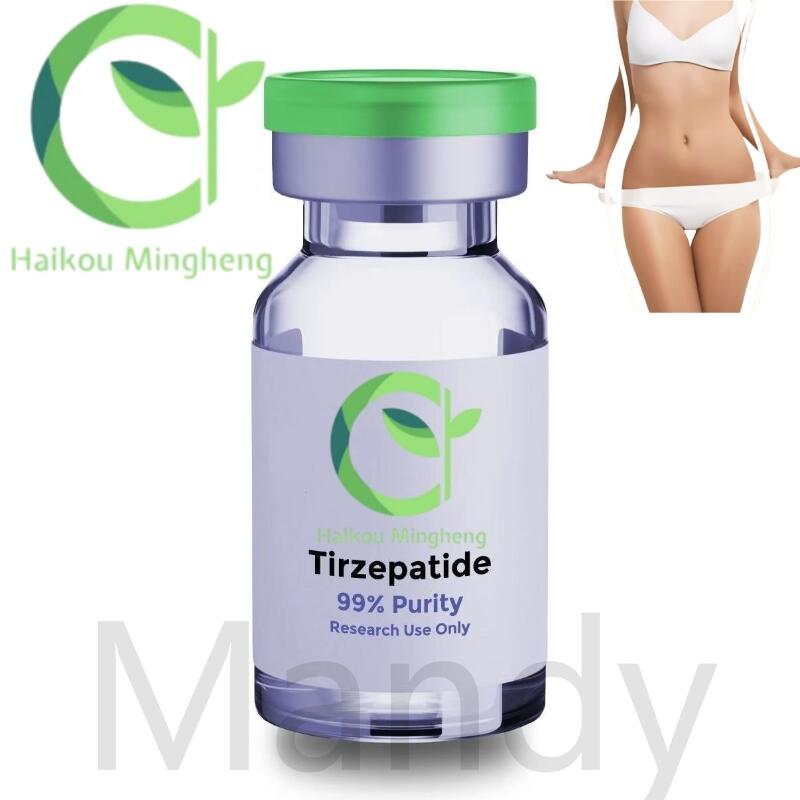A new type of "Hua gu Mian Zhang" -- protein level control platform of nanometer cell
-
Last Update: 2017-11-06
-
Source: Internet
-
Author: User
Search more information of high quality chemicals, good prices and reliable suppliers, visit
www.echemi.com
ACS synthetic biology reported for the first time that a kind of nano antibody was found in camel body, which can be used as an effective platform for cell protein level control by combining it with protein degradation molecules This technology will contribute to the study of cell dynamics and the design of synthetic gene circuits Laura segatori, a chemical and biomolecular Engineer at Rice University of nanodeg platform, studied with Dr Lara pferdehirt (undergraduate) and Dr Wenting Zhao (Graduate), the founder of the dual function recognition system "nanodeg" The system allows operators to target specific proteins of cells, control the level of target proteins after translation and strictly regulate their degradation by accelerating protein hydrolysis This "plug and play" system allows synthetic biologists to observe the effects of protein expression levels on cell life characteristics and study specific protein functions in the intracellular environment Development When researchers found that a functional arm of the scFv could be customized to target specific proteins in camels (and later sharks), considering their small size (less than the natural antibodies of most organisms), high solubility, and even recognition of hidden or mesosome States, the researchers thought that they were very suitable for being manufactured by bacteria and other cells modification As shown in the figure, compared with the leftmost human antibody, the camel antibody in the middle (heavy chain antibody) is much smaller than that of most organisms, and is easy to edit On the far right is a direct comparison of the structure of camel McAb (red) and human antibody (blue) The sequence elements (degrens) that determine the degradation or partial degradation of a protein, that is, the short sequences that regulate the degradation rate of protein can also be customized by artificial synthesis, so as to regulate the target protein to the required level After the combination of the antibody and degrons, nanodegs, a powerful and universal cell protein regulatory platform, came into being "In essence, nanodegs can target any cell protein Once a nanoantibody carrying a degron tag binds to its partner, the whole complex of the partner will be hydrolyzed " "In the past, when people wanted to regulate the number of proteins in cells, they usually considered regulating the level of DNA or RNA first However, the NanoDegs platform directly focuses on protein, which can target different post conditioning modifications, and more importantly, enable researchers to control the degradation rate and degradation degree in a comprehensive way Segatori said The validation researchers designed a synthetic gene circuit expressing GFP to report the cell process Then let nanodeg target GFP "We use GFP because the reported fluorescence values are easier to measure," segatori said "When the nano antibody recognizes GFP, we see that the whole complex is degraded." "If you design a genetic circuit that activates GFP expression under stress, GFP is expressed when cells are exposed to stimuli But when you take away the stimulus, the decay of the fluorescence signal does not necessarily reflect the decay of the stimulus, it may just reflect the stability of the GFP reporter, "segatori said "Therefore, what we really need is a gene circuit in which GFP expression is activated in the stimulation state, and GFP expressed before the stimulation end can be turned off in time Let nanodeg degrade GFP quickly at the right time to truly reflect the operation of the whole circuit This increases the sensitivity and dynamic resolution of the synthetic gene circuit "
This article is an English version of an article which is originally in the Chinese language on echemi.com and is provided for information purposes only.
This website makes no representation or warranty of any kind, either expressed or implied, as to the accuracy, completeness ownership or reliability of
the article or any translations thereof. If you have any concerns or complaints relating to the article, please send an email, providing a detailed
description of the concern or complaint, to
service@echemi.com. A staff member will contact you within 5 working days. Once verified, infringing content
will be removed immediately.







